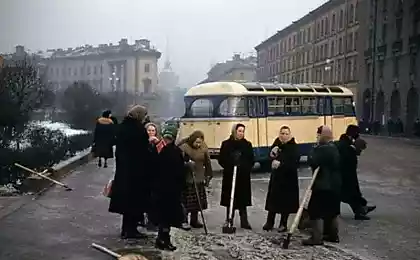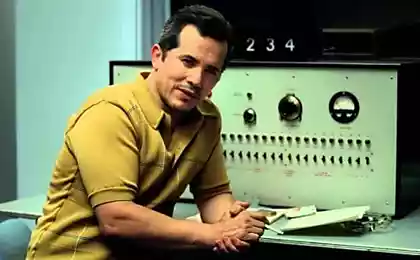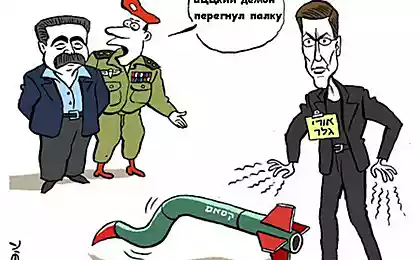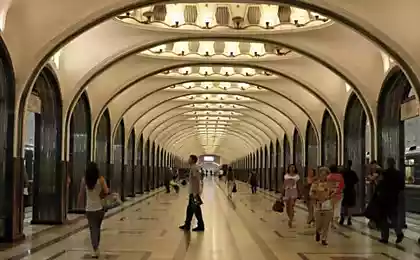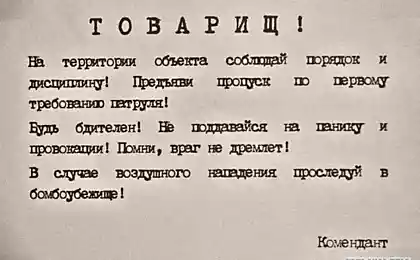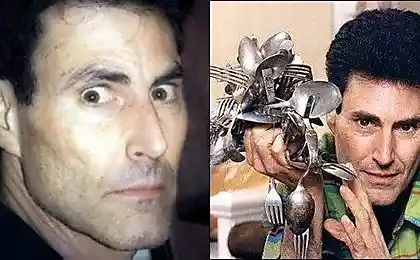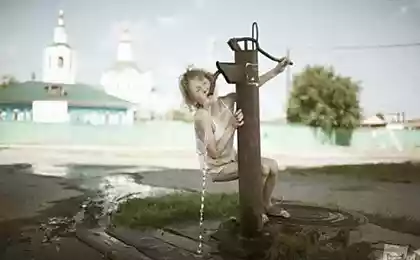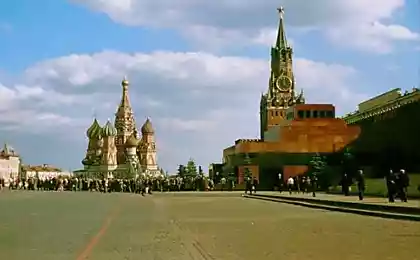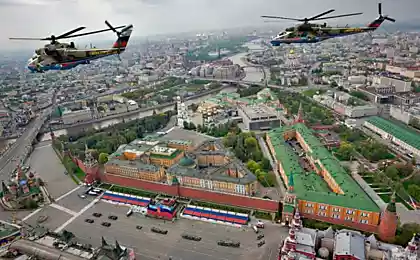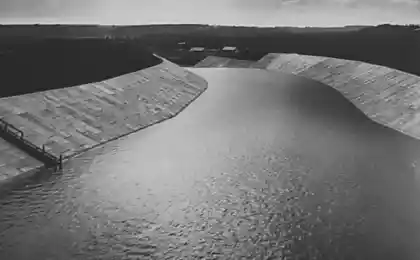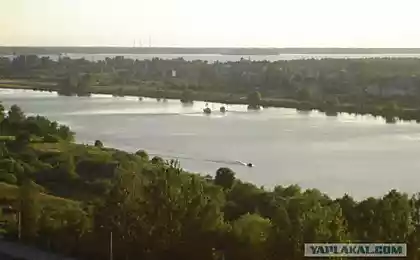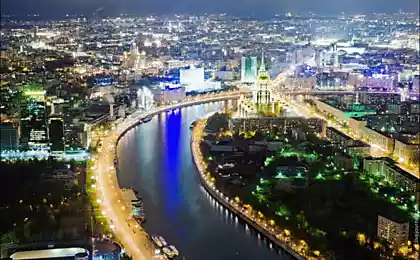346
What is poisoning Muscovites - the results of the study
Pipes CHPP-21 is an energy company of the Moscow power system located in the north-west of Moscow. © Ruslan Krivobok/RIA Novosti
The correspondent of Ridus studied the most common poisonous substances in Moscow.
Mud on the streets of Moscow is a rare phenomenon. Compared to 99% of Russian towns and cities, the capital makes a very favorable impression. Cleaners busily scurry through the streets several times a day, garbage containers do not have time to fill up to the top, as they are already unloaded again. Grace. However, the environmental aspect in Moscow is not so rosy. And it’s not just millions of residents with their waste and a huge number of all kinds of cars.
White stone confidently holds the leadership in many environmentally dependent diseases: laryngitis and tracheitis, all kinds of leukemia and myeloid leukemia, allergic pathologies and heart defects. It is interesting that according to the corresponding member of the Russian Academy of Sciences Alexei Yablokov, the most oncologically dangerous district is the South Autonomous District.
Where does all this stuff come from, and in general, what is so powerfully affecting our fragile bodies?
1. Glowing with happiness?
As Zhvanetsky said: “No one is afraid of radiation – it is believed that we simply will not have time to die from it.” Twenty of Russia’s 65 radiation-hazardous production facilities are located in Moscow and 13 operating reactors. From major accidents, God saved, and radiation monitoring of the situation is functioning poorly. The main problem at these enterprises is the lack of order of interaction of different services during radiation accidents. For example, a year ago, in February 2012, on the territory of one of the closed institutes, firefighters for several hours sought the “privilege” to extinguish a fire at a particle accelerator. Lucky, there were no consequences.
However, closed institutions and all kinds of special plants are not the main problem here. There are 19 (!) radioactive waste dumps in Moscow. One of them was seen by many Muscovites – a railway embankment near Victory Park. Almost all of them in the manner of Neglinka “went underground”, “hidden” under the famous streets. The largest nuclear dump is located on the banks of the Moscow River in Kolomenskoye. Seven radioactive burial grounds were found on the territory of New Moscow, for example, near the Mosrentgen plant. How many there are in the area, it is very difficult to say. Only a few are known: the shores of Lake Solnechnoye in Ramenskoye (about 5,000 tons of waste on an area of 1.2 hectares), the right bank of the Pakhra River near Shcherbinka (the radioactivity of bottom sediments is about 20 times higher than the background), the Zhostovo quarry in Mytishchinsky district, the Mechanical Plant storage in Elektrostal (the plant produces filling for nuclear power plants and ship reactors), the PZCM dump in Podolsk.

Head of the Federal Atomic Energy Agency Sergey Kirienko. © Ruslan Krivobok/RIA Novosti
2. Environmentally friendly transport, or where in the wires electricity.
Calling trams with trolleybuses environmentally friendly transport, people usually do not think about where, in fact, this most environmentally friendly fuel comes from. And it gets into wires from different power plants, primarily from the CHP, of which there are 15 in Moscow. Burning gas and fuel oil, they give life to our computers and other electrical appliances, and at the same time quite a lot of poison the environment, emitting nitrogen oxides, carbon and sulfur into the air. Nitrogen oxide itself is safe, “laughing gas”, only at normal temperatures, nitric oxide is oxidized to dioxide, which is a serious catalyst for the development of chronic lung diseases. According to experts, in the warm season, you can control possible excesses of NOx content without any devices. Nitrogen dioxide oxidizes chlorophyll in plants. If the leaves and needles of plants turn yellow and brown near the CHP, it is worth walking there less often. One of the most dangerous CHP is called CHP-25 on General Dorokhov Street.
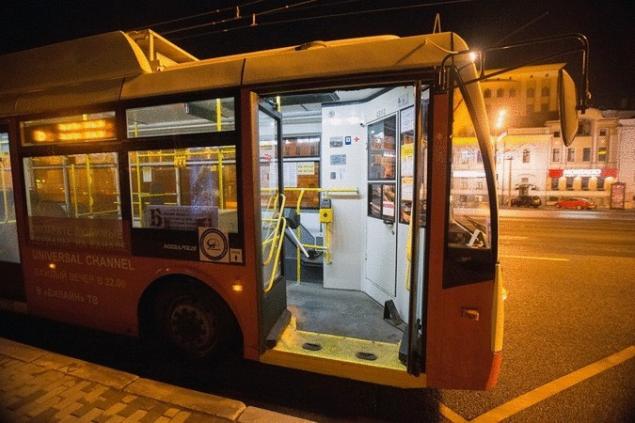
The trolleybus follows the route "B" along the Garden Ring. © Vitaly Belousov / RIA Novosti
3. Do you like to ride?
Crowded Moscow streets cars cause not only negative emotions in traffic jams, 90% of all pollutants in the atmosphere emit internal combustion engines. Carbon monoxide, or carbon monoxide, is a very unpleasant thing. It not only causes poisoning, but also leads to very unpleasant consequences in the form of a whole list of diseases: sinusitis, bronchitis, bronchopneumonia, lung cancer ... Interestingly, men are more susceptible to CO poisoning than women.
Walking along busy Moscow trails by doctors, of course, is not recommended. The main consequence of prolonged “inhalation” of exhaust gases is a strong general decrease in immunity. But even among the car-clogged metropolitan roads there are leaders in danger. This is the Lefortovo tunnel, the fifth longest urban road tunnel in Europe. More than three kilometers of traffic jams in this part of the “three” can be called a modern legalized “gazenwagen”.
773000
A traffic jam on Volokolamsk highway in Moscow. © Alexey Filippov /RIA Novosti
4 Plus the industrialization of the whole country.
Industry makes a nation prosperous, but it also kills it. Thank God, there are no such nuclear plants in the capital as the Indian Suratha Galosh Plant, which compensates for all the efforts of the European Union to improve the environment on the planet in a day. Dust, hydrogen sulfide, phenol, hydrogen cyanide and toluene are the most common products of local production and industrial zones in Moscow. The description of the diseases that manifest themselves with their help would draw on a good medical monograph. Here and lesions of the CNS, and chronic poisoning, diseases of the cardiovascular system and respiratory organs. Full bouquet.
The dirtiest industrial zones of Moscow are the oil refinery in Kapotna, coke and gas plant, ZIL, Sickle and Hammer, tire plant. Orekhovo-Borisovo, Bratevo and Kapotnya from this point of view are the most unfavorable areas for life.
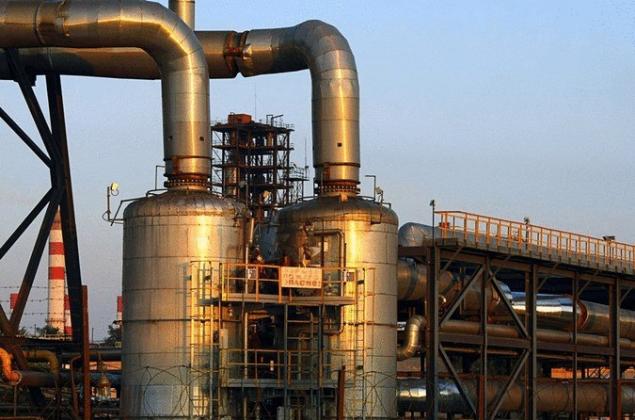
Moscow Oil Refinery (MNPZ) in Kapotna. © Ilya Pitalev/RIA Novosti
5. When the silence ends
Recently, in the Moscow region announced a quiet hour: forbidden to make noise from an hour to three, forcing many well-known porches with punches to be sad. At the same time, about 80% of Muscovites live in conditions of noise damage. The norm is 50 decibels, for most residents of the first throne this indicator is about 65 decibels. There are also such “lucky people” who are useless to “shop” silent washing machines. Their windows overlook the railway tracks. The most "lucky" live near Vnukovo airport, which is located within the city limits. Eighty decibels is no joke! In addition to irritation, it causes hypertension and tinnitus.

The plane Boeing-737 airline "Transaero" comes to land at the airport "Vnukovo". © Maxim Blinov/RIA Novosti
6. The field and the rays of good
Electromagnetic fields and radiation can be compared to radiation: action is not visible, unlike the consequences, which, as they say, are already present. There are several sources of these charms in the capital.
First, it is a power line, high-voltage – a source of electromagnetic fields of industrial frequency. Experts say that they not only affect the general well-being, but also seriously, according to some reports, increase the risk of cancer by 70%.
Secondly, this is the Ostankino Tower, from where our television broadcasters broadcast throughout the country, at the same time giving doses of electromagnetic radiation to nearby houses. According to doctors, this is fraught with diseases of all internal organs. Two buildings of the TV center - ASC-1 and ASC-3 are also interesting. The number of all kinds of electrical devices and wires of different calibers there is off the scale. The fact that this is not very useful, everyone knows. There are corridors where mechanical clocks stop. Workers employed by the FSUE TTC itself, all sorts of loaders, electricians, plumbers and others, work in a harmful enterprise with appropriate benefits. Television workers of numerous studios, television companies and productions - no.
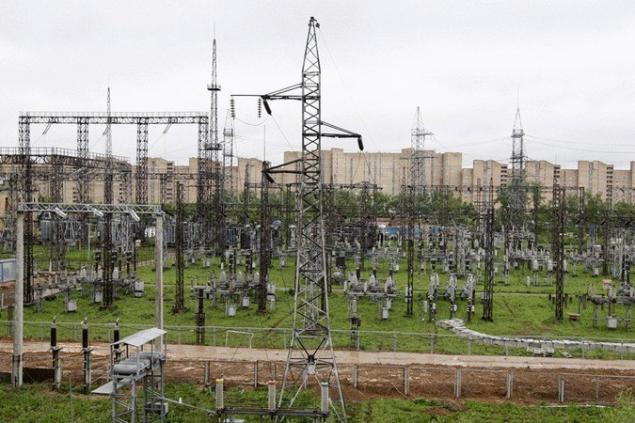
One of the largest power grid facilities of the Moscow power system is the 500 kV Beskudnikovo power substation © Anton Denisov/RIA Novosti
7. The river of death.
The Moscow rivers deserve special mention. To the level of the Rhine, thank God, do not reach, but fish from them I would not give the cat. The Moscow River is a graphic illustration of anthropogenic influence on nature. A river flows into the city with a tolerable content of all sorts of rubbish, at the exit we get the Mendeleev table. For some pollutants, the norms are exceeded not even tens, but hundreds of times. Zinc, vanadium, mercury, arsenic...
What about the treatment plants? Purify the water, as far as possible, at the same time polluting the atmosphere, releasing hydrogen sulfide and ammonia into the air. This is well known to residents, for example, Pechatnikov, where the Kuryanovskoye treatment plants operate. Of course, people adapt to everything. That's just suffers from these gases not only the sense of smell, but also the mucous membrane.
It turns out that in the capital favorable for life areas can be counted on fingers. In the near future, Ridus will make a map of environmentally dangerous Moscow zones, with the help of which everyone will be able to choose a disease by buying housing.

An employee of the water patrol Greenpeace during the sampling of water from a gutter on the Moscow River. © Anton Denisov/RIA Novosti
Source: www.ridus.ru


